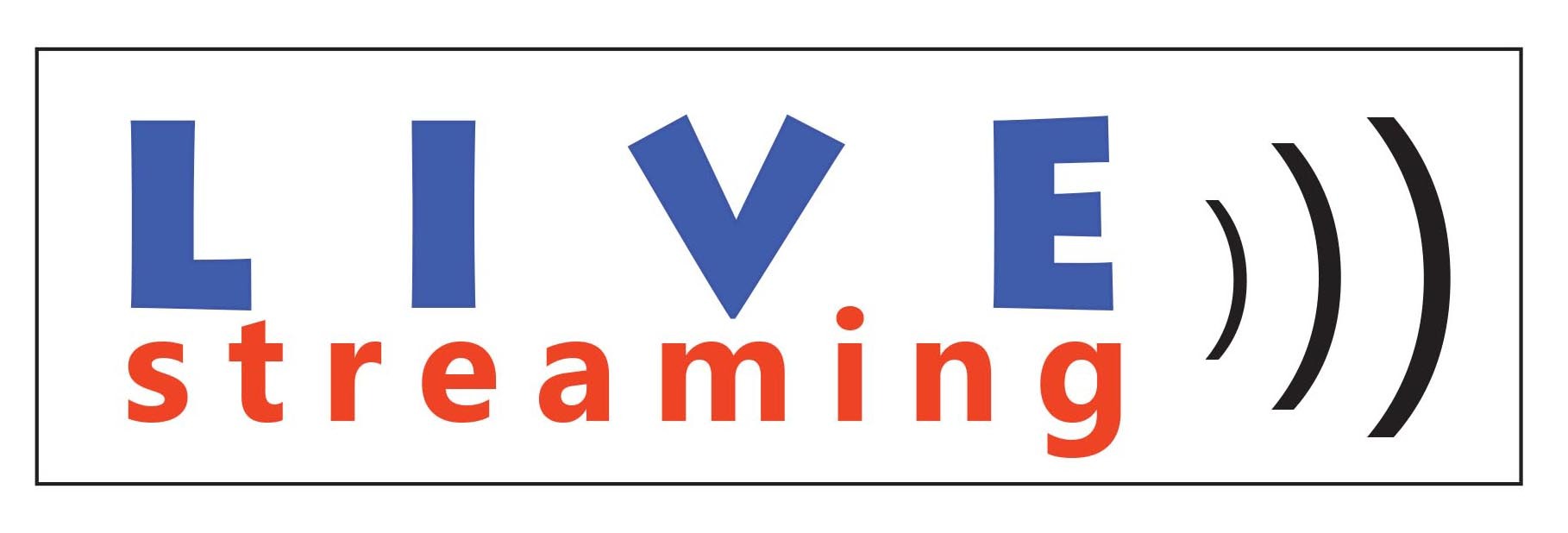Zoom Shabbat Shalom with a Heart Healthy Dose of Torah – Eikev
I remember reading J.R.R. Tolkien’s “The Lord of the Rings” series. I envisioned how Gandalf, Frodo, or Gollum might appear. Who might they resemble? The imagery describing Saruman, Nazguls, Orcs, and Elves might have been more intriguing than even the well-written plot of the book series. Aragorn was a handsome but ruddy, sturdy, and strident King.
Then I saw the movies. They were well done. I watched each of them a couple of times. Even well done, they ruined the books for me. My imagination went out the window the moment I saw the amorphous characters from the book materialize in all too tangible form on screen. Ok, Ian McKellan was a great Gandalf, Viggo Mortenson more than adequately met my expectations of Aragorn, and Kate Blanchett was beautiful in the role of Galadriel. I expected Saruman to look more sinister, not like an over-aged hippie going to a toga party. His actor, Christopher Lee did play Dracula once, but it was just not the same! We all know of the book or story that grabbed our attention more intensely than the movie ever could have.
Similarly, the magic of Torah is that it has no vowels or sentence structure in the Hebrew. Anyone who says, “The Bible says …” misrepresents scripture. Bachya Ben Asher (leader of the group that put vowels to the text for ceremonial purposes) teaches that the Torah’s magic is that without vowels or sentence structure, each generation can “write” the text relevant to their spiritual journey. It is a tree of life – Our tradition intended it to grow.
When we feel free to let our imaginations go free, they always come back with a fascinating idea. Sometimes “seeing” curtails our ability to dream and grow. Perhaps, an idea becomes too concrete and too set in stone because it becomes tangible. We often cannot think past our visual input. For this reason, good magicians become successful. They fool our eyes.
Last week, Moses pled that he might “see the good land.” In this week’s Torah portion, God says, “because you hearken to (literally: ‘hear’) these judgments.” Deut. 11:13
“Seeing” describes the vision of the tangible. “Hearing” refers to the ethereal and spiritual. Prayers are not “prayer” just because one reads a formula. Prayer becomes real when one feels moved by the impact that the words have to move the one who prays to action. Mouthing words without life-changing intentionality is, what our tradition calls, a brachca l’ vatalah – prayer without value. It takes an emotional investment to invoke the heart and soul.
Sometimes, the visual can supply this spark, but as we read in the Book of Kings (I Kings 19:11-12), God is not in the earthquake, the torrential winds, or the fire. God is in the still small voice. One has to listen to hear God.
We see lots of ugly rhetoric all day in social media, the news, and graffiti plastered all over our communities. What if we stopped and listened to the messaging –think about how it would sound coming out of our mother’s voice, our Pastor or Rabbi, or God? Can one go to a house of worship and pray for peace and then berate a neighbor with whom he disagrees? Can one proclaim love for a God of only love and then turn hatefully to any other human? Do our ears hear what our mouths are saying?
We need to listen to heartbeats, to the laugh of children, to the sounds of the seashore, and the flow of winds whistling amongst the trees. We need to remember that the rhetoric that separates – we created it! It cannot bind us where we will not be bound. When we get past the tangible ugliness of our interpersonal attacks, we have to remember that behind the misguided words of disdain is a loving parent, child, or grandchild. Only then can we fulfill the words of scripture to love God, with all our heart and with all our soul. No picture and no word can lead us to do what only our hearts can direct.
Shabbat Shalom!

